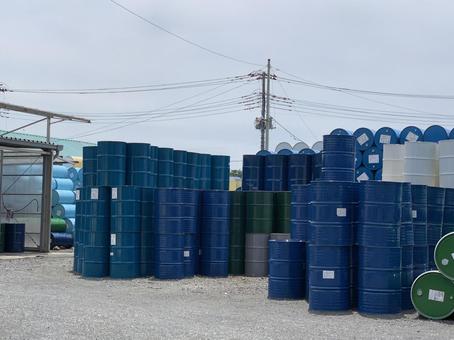Tanks, the formidable beasts of the battlefield, have played a pivotal role in the evolution of modern warfare. These massive armored vehicles have a rich history dating back to World War I and continue to dominate the military landscape today. From their inception, 드럼통 have undergone significant advancements, becoming symbols of power and innovation in warfare.
The Birth of a War Machine
The tank’s journey began during the early 20th century when the horrors of trench warfare in World War I necessitated a new approach to break the stalemate. The British Mark I tank, first deployed in 1916, was a rudimentary but revolutionary design. It featured caterpillar tracks for traversing difficult terrains and a rotating turret with a mounted machine gun. This marked the birth of armored warfare, forever changing the dynamics of battle.
Evolution and Innovation
As technology advanced, so did tanks. The interwar years saw the development of faster and more heavily armored vehicles, such as the German Panzer III and the Soviet T-34. World War II became the proving ground for these mechanical giants, with tanks like the American M4 Sherman and the German Tiger II becoming legendary symbols of military might. Innovations like sloped armor and more powerful guns improved their effectiveness.
The Modern Tank
The post-World War II era ushered in an era of more advanced tanks, equipped with advanced technology. The British Challenger 2, the American M1 Abrams, and the Russian T-90 exemplify this new generation of armored vehicles. These tanks feature composite armor, advanced fire control systems, and formidable firepower. They are capable of moving swiftly across various terrains and engaging enemies with precision.



